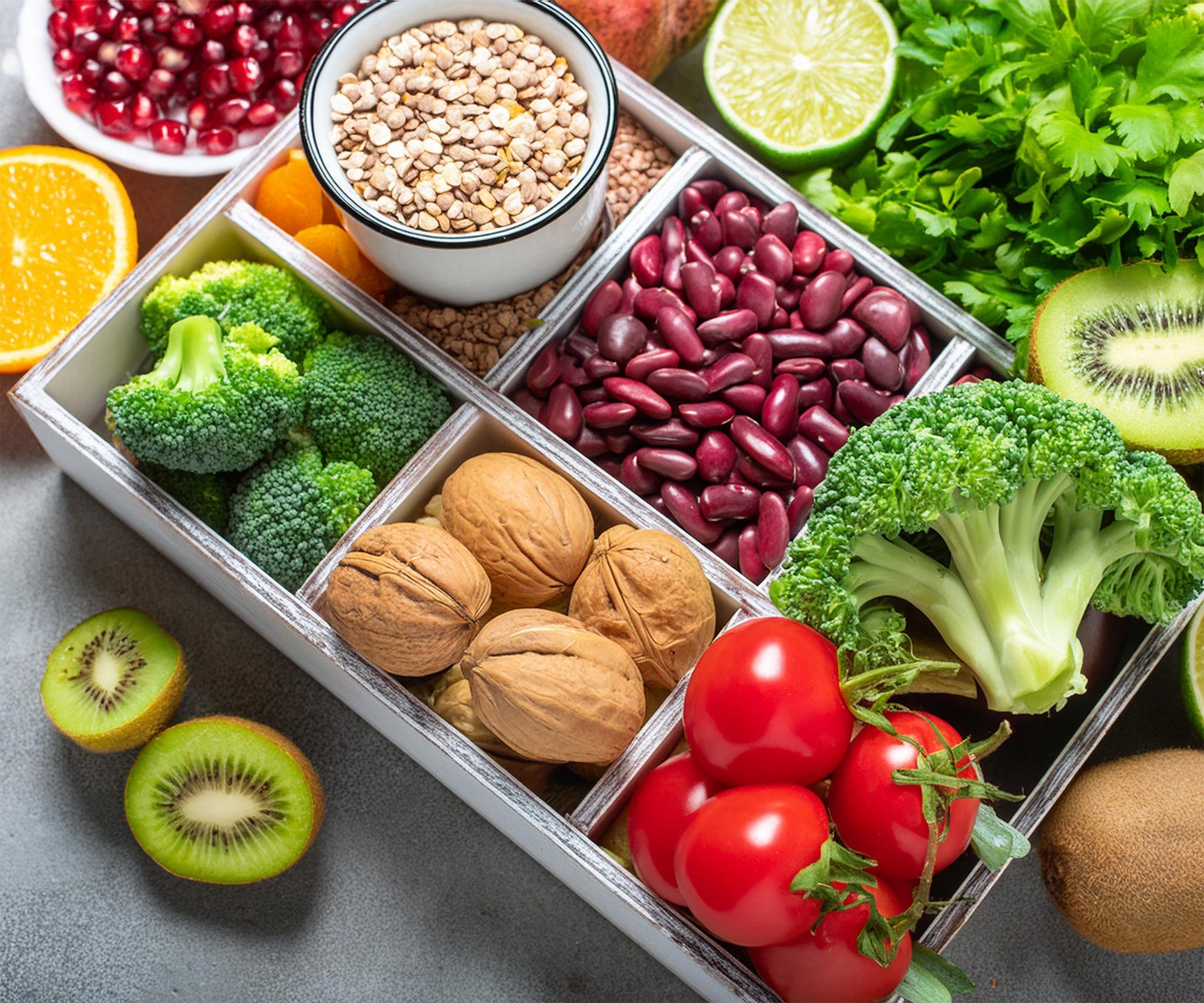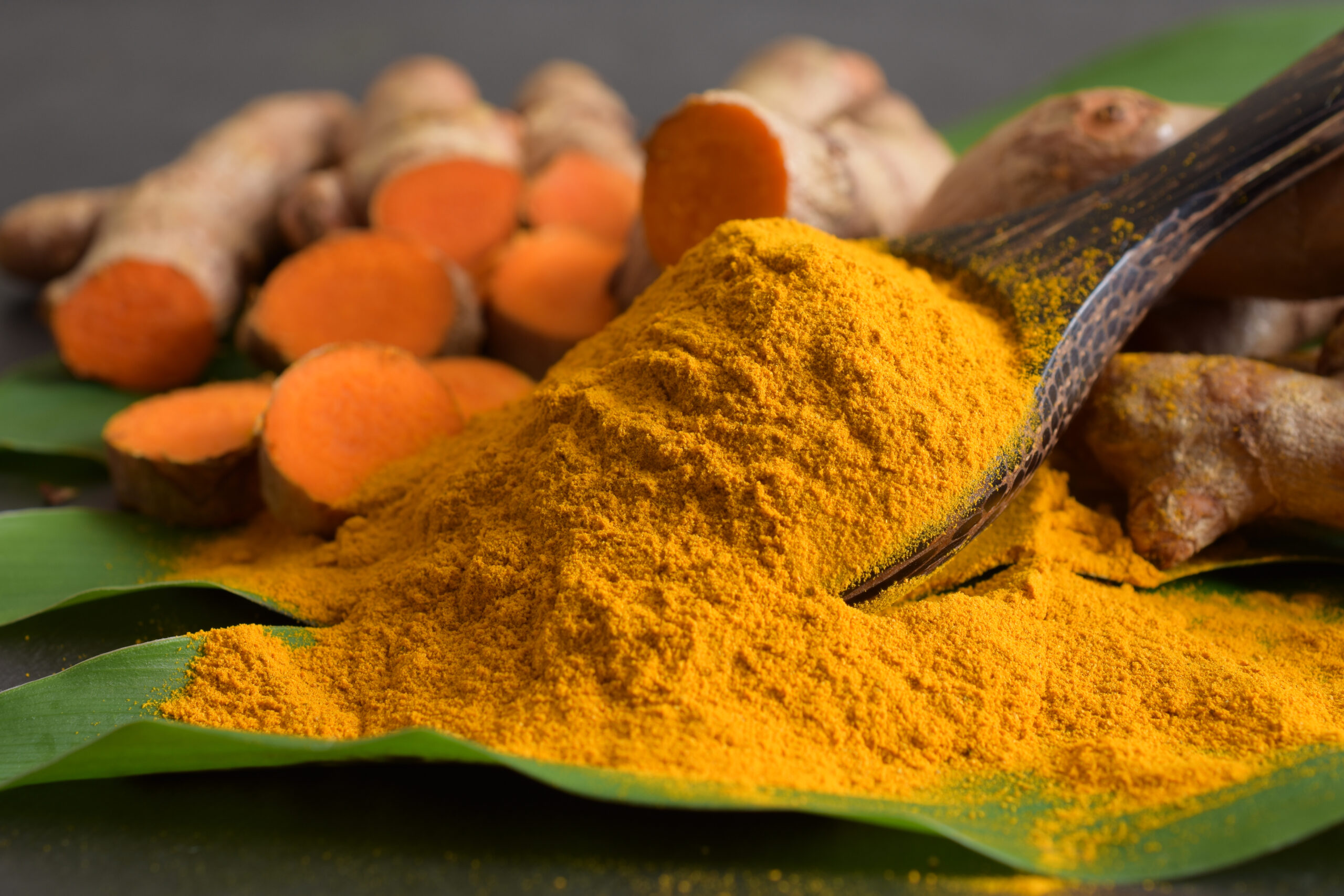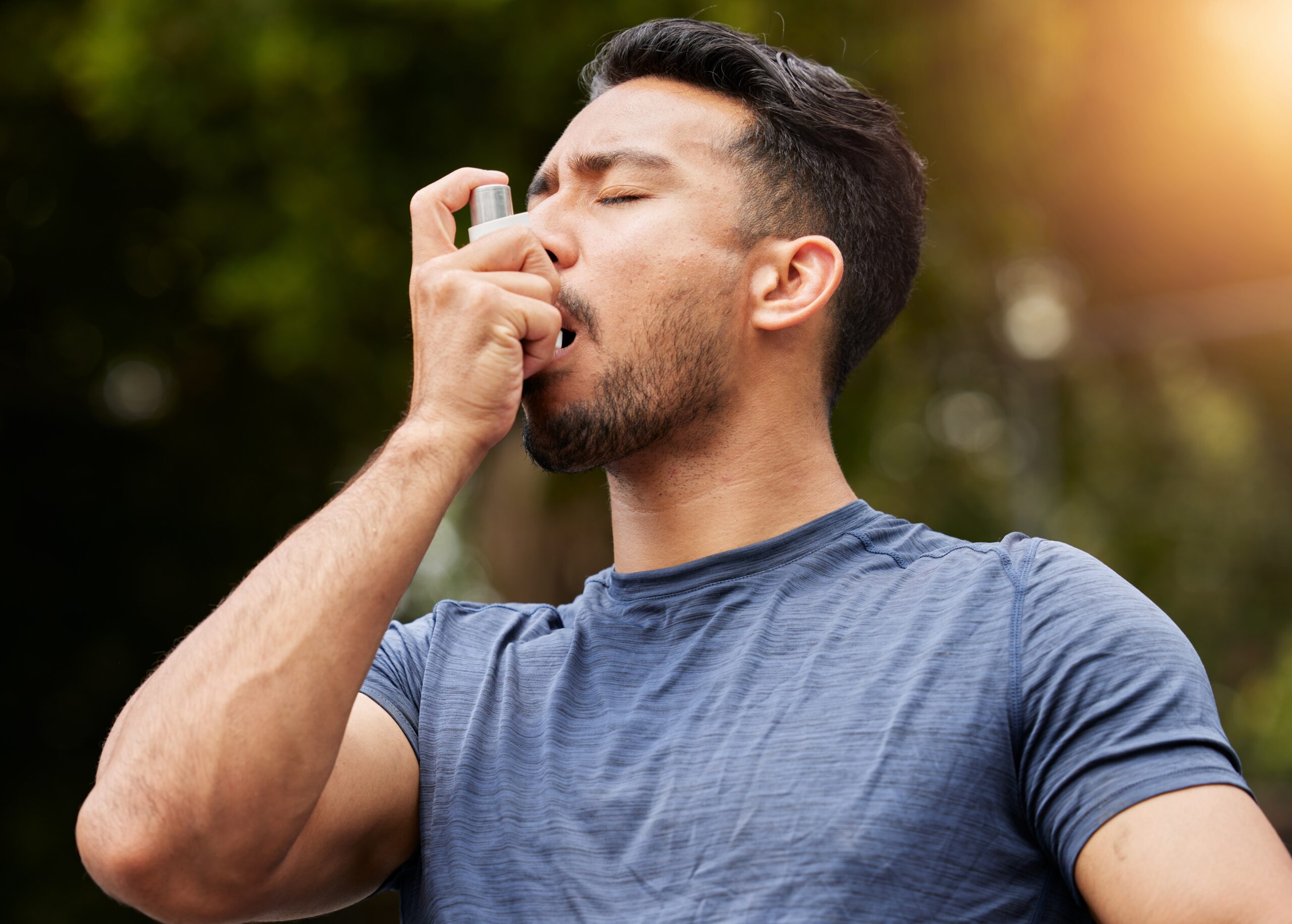What if the secret to better health was hiding in plain sight on your dinner plate, and yet, it could turn your gut into a battlefield if not approached with caution?
At a Glance
- Fibermaxxing is the latest diet trend sweeping social media, focusing on maximizing fiber intake.
- While it promises improved digestion and reduced risk of chronic diseases, it can cause digestive discomfort if not adopted gradually.
- Experts recommend a personalized approach, especially for individuals with gastrointestinal conditions.
- The trend aligns with scientific evidence but requires thoughtful adoption to avoid potential pitfalls.
What is Fibermaxxing?
Fibermaxxing has taken the world of social media by storm, particularly on platforms like TikTok. This trend emphasizes increasing daily fiber intake by incorporating high-fiber foods such as nuts, seeds, fruits, and leafy greens into meals. The movement is a response to a dietary crisis in America, where over 95% of the population fails to meet the recommended daily fiber intake. The 2020–2025 Dietary Guidelines for Americans suggest 25 grams for women and 38 grams for men daily, with slightly lower targets for older adults.
‘FIBERMAXXING’: WATCH: FOX News medical contributor @NBSaphierMD on @ffweekend weighs in on the latest Gen Z TikTok trend that calls for maxing out on fiber and how to do it safely. pic.twitter.com/IEGEYXPvUL
— Fox News (@FoxNews) July 13, 2025
Despite its popularity, the trend is not without risks. Nutritionist Robin DeCicco cautions against the rapid increase of fiber intake, especially for those with pre-existing gastrointestinal conditions. Experts agree that while the benefits of fiber are undeniable, the adoption of fibermaxxing should be gradual to avoid digestive issues like bloating and cramps.
Watch: Fibermaxxing, the latest diet trend sweeping social media
How Did Fibermaxxing Rise to Fame?
Fibermaxxing gained momentum as social media influencers began sharing their personal experiences and fiber-rich recipes using hashtags like #fibermaxxing. These influencers, along with health enthusiasts, have reported benefits such as reduced bloating, better appetite control, and improved digestion. The trend taps into a larger movement focusing on gut health and preventative nutrition, distancing itself from fad diets by emphasizing a nutrient often under-consumed.
With TikTok and Instagram acting as catalysts, the movement quickly gained a foothold in the wellness community. The food industry responded by developing and marketing new high-fiber products, meeting the growing consumer demand. Yet, as with all trends, fibermaxxing is best approached with expert guidance to ensure it benefits rather than harms the body.
Expert Opinions and Recommendations
Robin DeCicco, a certified holistic nutritionist, supports a gradual increase in fiber intake, highlighting its benefits for gut and cardiovascular health. Registered Dietitian Kara Landau echoes this sentiment, emphasizing a slow build-up and consultation with healthcare providers, especially for older adults or those with existing health conditions. These experts stress that while fibermaxxing is rooted in scientific evidence, it should not be seen as a blanket solution for everyone.
Peer-reviewed studies back the advantages of dietary fiber in regulating blood sugar, reducing cholesterol, and preventing chronic diseases. However, experts caution that individual tolerance varies, and more is not always better. The trend’s widespread adoption among health-conscious individuals has sparked a broader discourse on evidence-based nutrition, but it also risks spreading misinformation if not guided by professionals.









